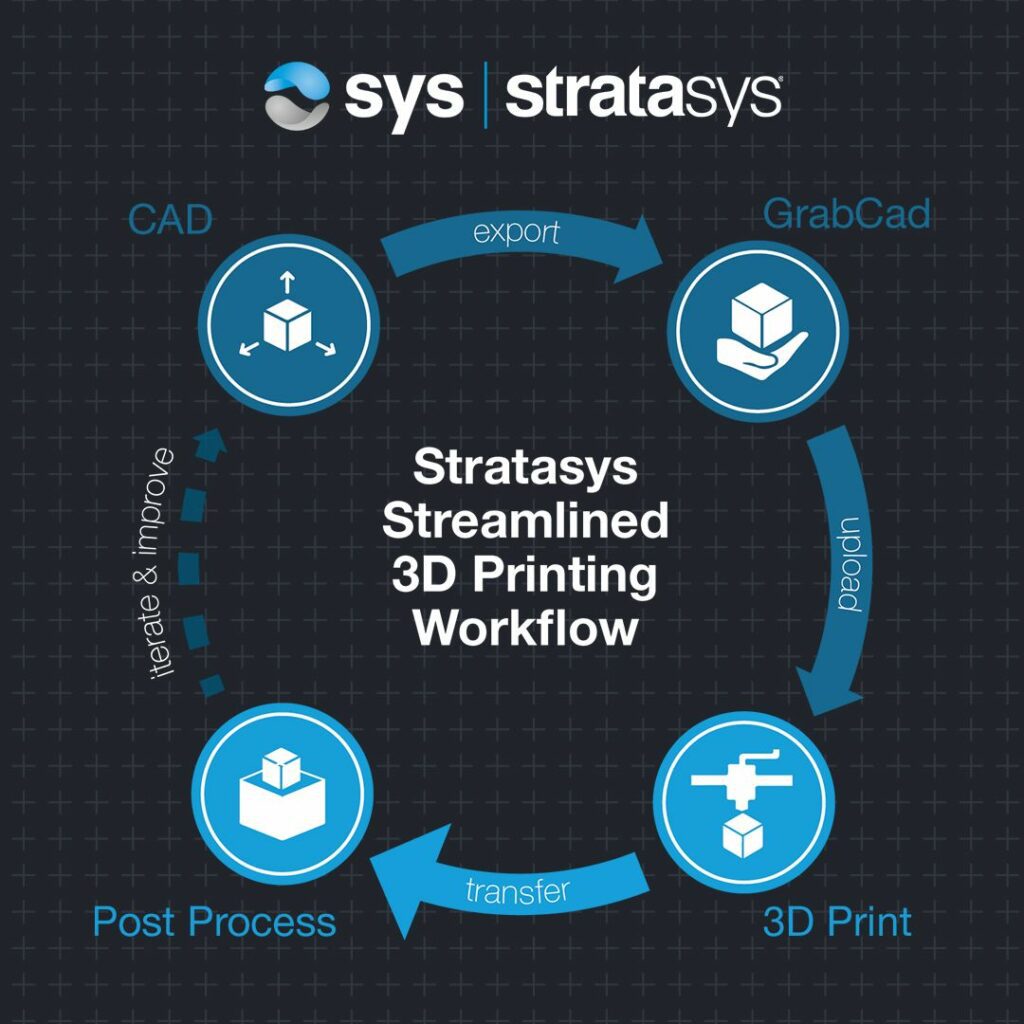3D printing technology is a fast-growing industry with more businesses understanding the potential of its applications. Here are just a few reasons why you should consider investing in 3D printing:
- Flexibility
- Competitive advantage
- Cost
- Speed & quality combined
- Sustainability
- Print whatever you need
- Space saving
- Streamlined workflow
Flexibility
Using 3D printing technology allows for complete customisation of products, offering greater flexibility and a wider range of design possibilities. Not only is 3D printing ideal for designing and prototyping, but is an efficient means of low to medium volume production, negating the sometimes-extreme lead times associated with economic conditions.
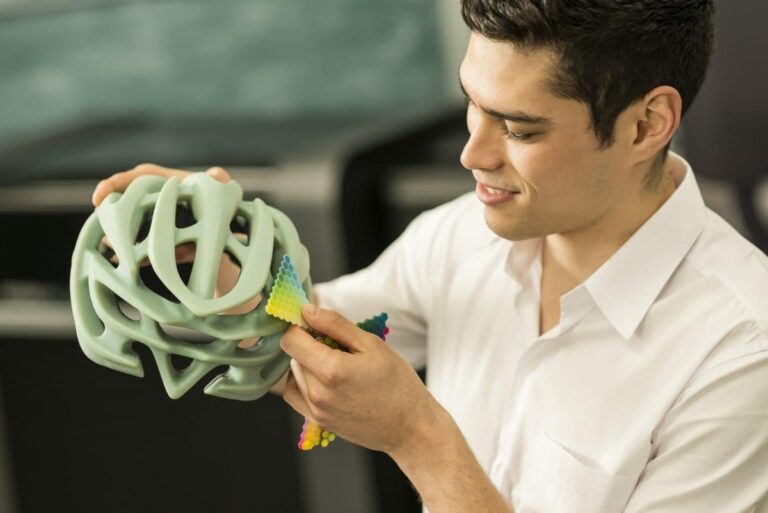
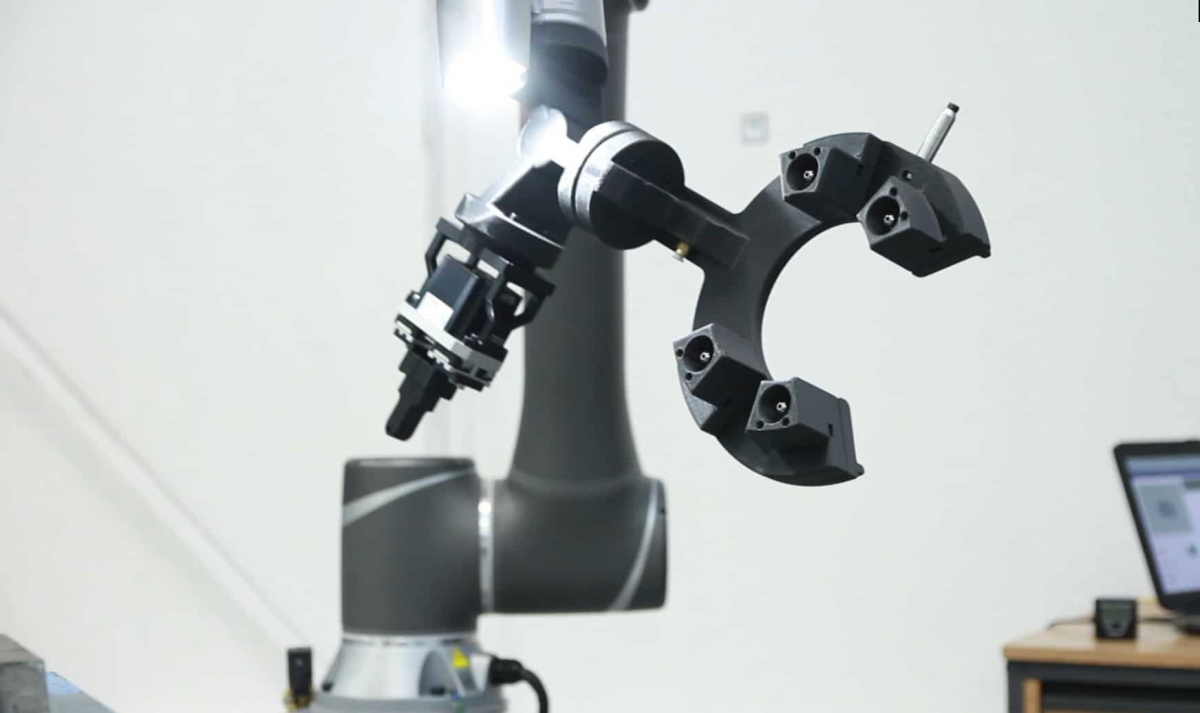

Competitive advantage
Print anytime, anywhere allowing designers, engineers and anyone involved in the process to collaborate effectively on a project with full transparency from end-to-end. Allowing operators full control to manage print queues, materials and more, as well as print without the typical 3-6 week wait times of injection moulding and other traditional manufacturing processes, the benefit of 3D printing is clear. And that benefit is passed along to customers resulting in shorter lead times, better outcomes and happier clients.
Lower cost
3D printing is far less costly than traditional manufacturing methods particularly for low to medium volume production runs, resulting in more cost-effective options for businesses looking to produce unique products.
Speed & quality combined
Because 3D printing allows for the production of high-quality products in a much shorter time than traditional methods, it offers significant advantages for industries where quick turnaround is crucial. Products produced using this technology also tend to be more durable than those produced using traditional methods, making them a great option for businesses looking for a long-term solution.
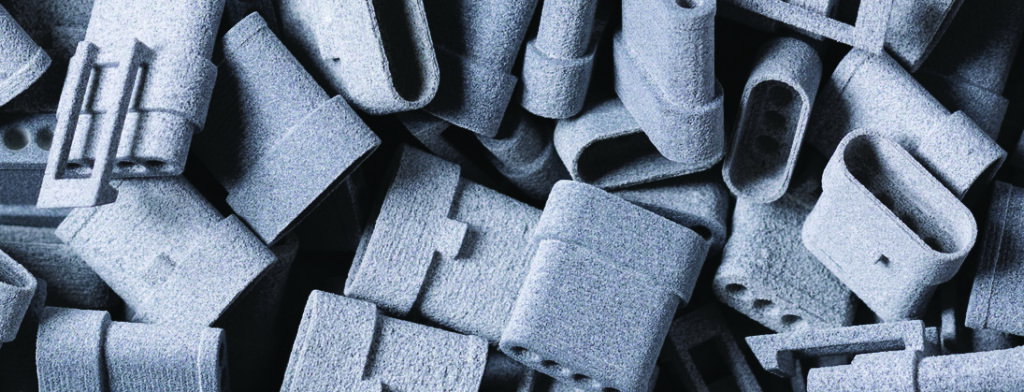

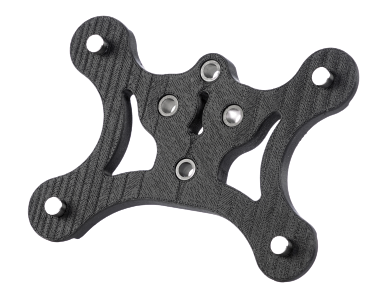

Sustainability
While traditional manufacturing methods require the use of large quantities of raw materials and energy, 3D printing minimises the environmental impact of such processes by requiring only a minimal amount of materials and energy during production. The use of recyclable materials also ensures that the entire process is eco-friendly, with no harmful by-products generated as a result.
Print whatever you need
3D printing began in the early days with individuals in various industries looking for a solution to a problem they had themselves. The SLA 3D printing technique was invented by the owner of a furniture shop who found himself unable to get hold of supplementary pieces for furniture, like missing handles without significant time and effort. Since then, problems have been overcome time and time again with 3D printing. From day-to-day maintenance to bulk parts, you can 3D print a car part, you can 3D print a heart, a train set, a face mask, a mug or a work holding. For so many industries today, and for so many applications, 3D printing is making a mark.
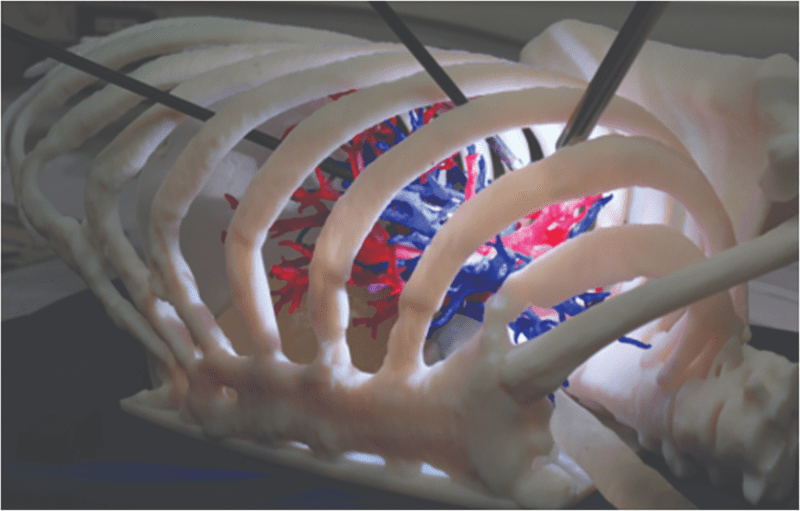

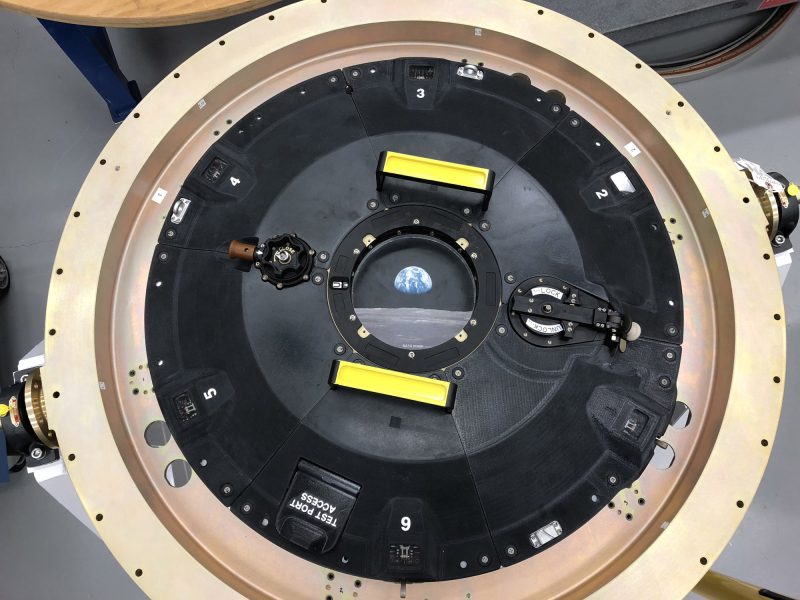





24/7 unmanned production
The advantage of a digital inventory is two-fold. It offers a space-saving benefit on storing inventory that may or may not be required, but is kept to avoid the risk of lengthy lead times. With a digital inventory, you can manufacture on demand meaning far fewer “spares” need to be stored. Using a digital inventory also means quick and agile production. An operator can find the digital file of the part they need, press print and walk away for 24/7 unmanned production.
Streamlined Workflow
3D printing is futureproof. Owing to the largely automated process, relying on CAD files to print unmanned, the opportunities with 3D printing are massive for companies to ensure a more flexible, resilient, speedy and cost-effective solution ready made for Industry 4.0.
